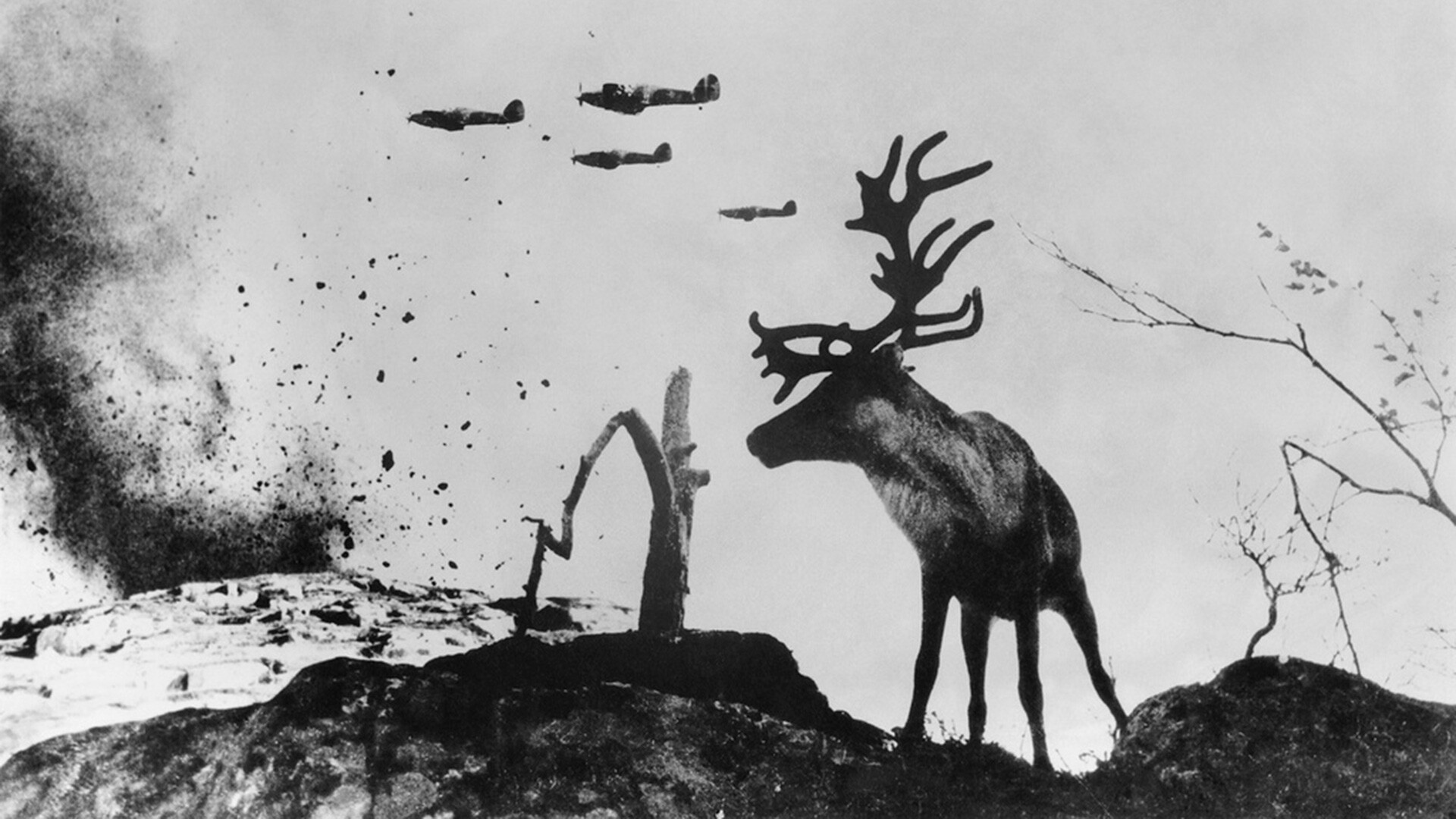
According to the Cynological Federation of Russia, almost 70,000 dogs were mobilized in the Soviet Union during the war. Citizens were ordered to submit their pets, fit for service, to the Red Army and the People's Commissariat for Internal Affairs (NKVD).
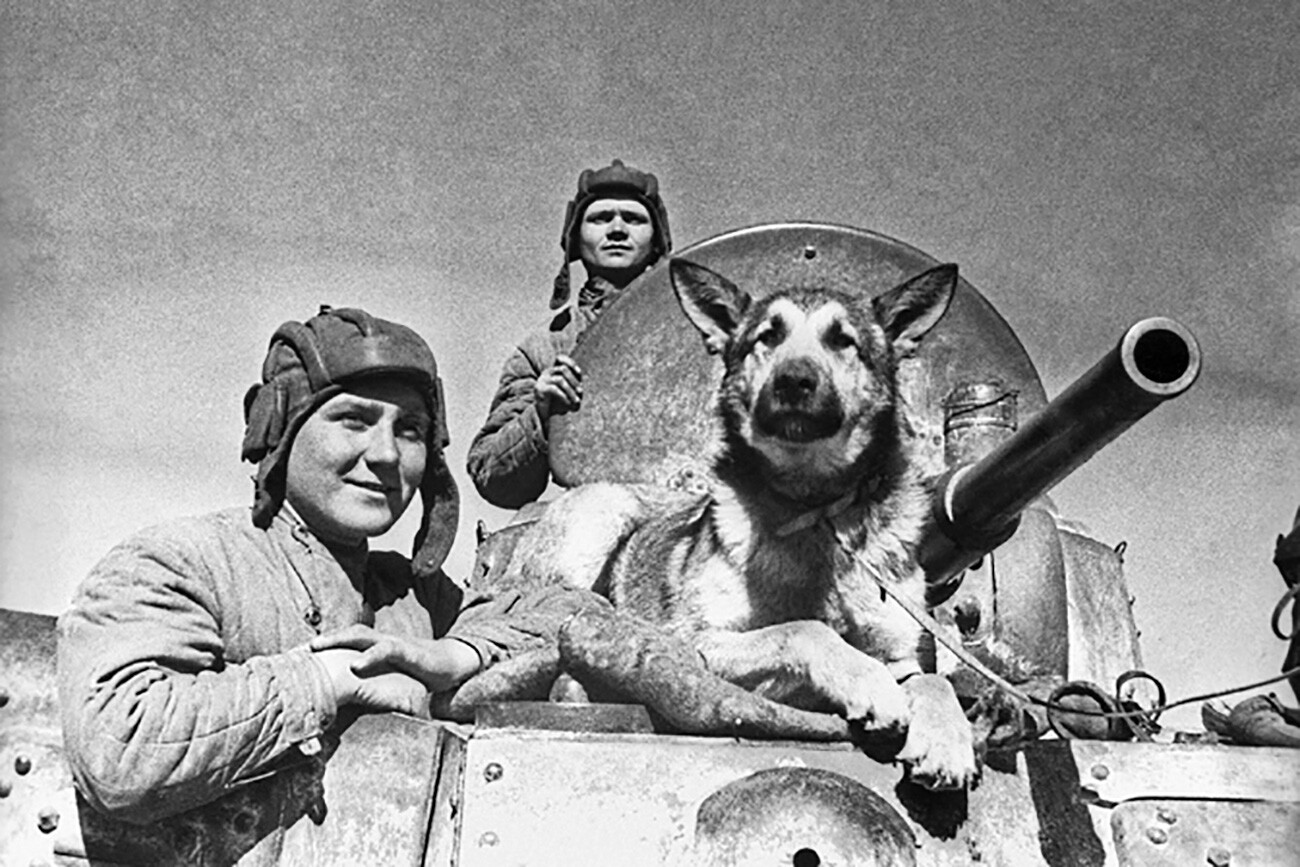
Dogs served in border forces and signal corps; they acted as minesweepers and armored vehicle demolitionists. They went on reconnaissance missions and participated in sabotages, they guarded important objects, supplied ammunition, equipment and foodstuffs, as well as helped evacuate soldiers to hospitals.
Read more here
At the beginning of the war, the Red Army still featured some cavalry divisions. Gradually, their number was reduced. However, “horse power” was still used extensively at the front. Horse-drawn supply transports carried cargo and artillery off-road – where vehicles would be useless.
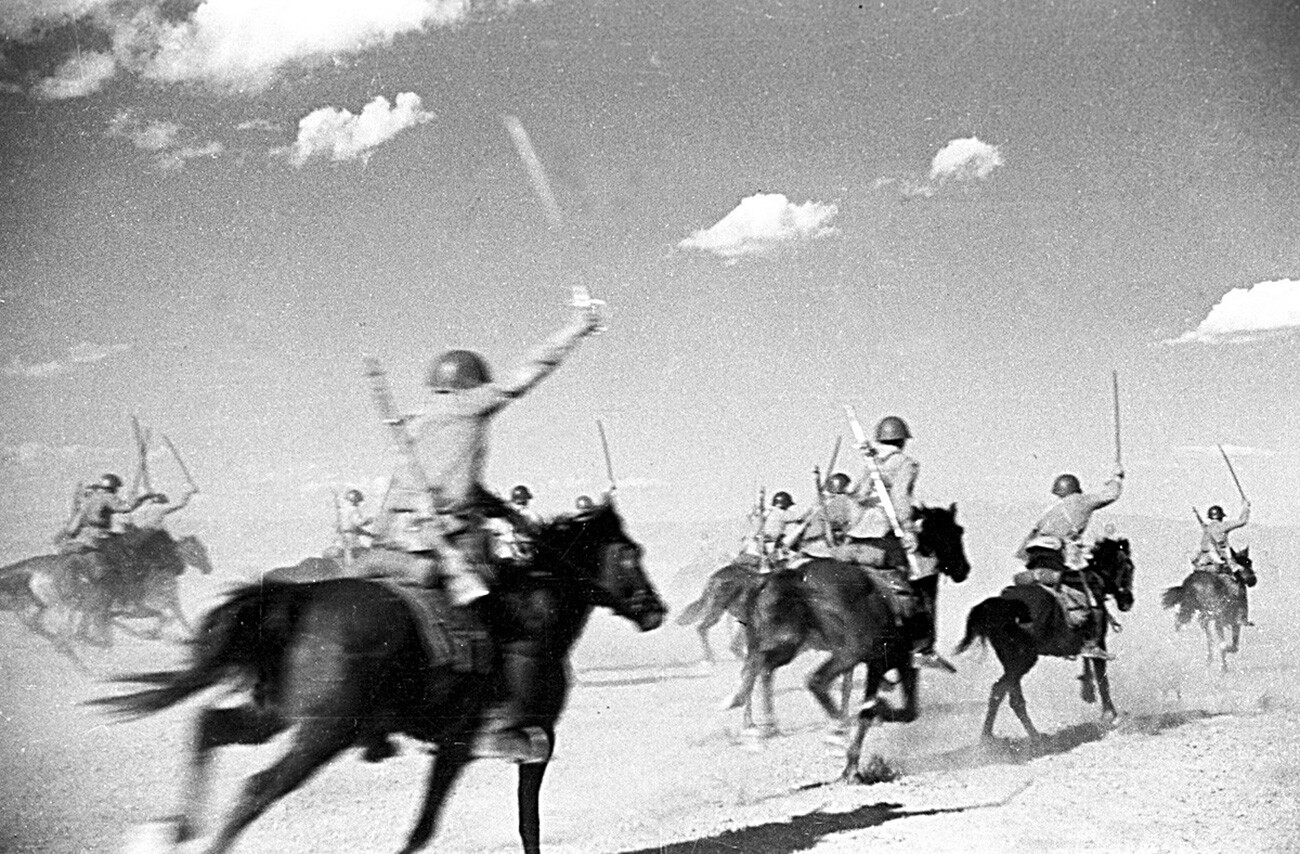
Read more here
Soviet deer herders were called to the front along with their deer. Such “cavalries” proved to be irreplaceable beyond the Arctic Circle and in Karelia. Deer are silent and produce no noise, they find food for themselves on their own, can swim and don’t get stuck in snow.
Deer transportation units searched for shot-down pilots and brought them to hospitals, they delivered cargo and post, accompanied partisans, went on reconnaissance missions and brought troopers behind enemy lines.
Camels began to be involved at the front during the Battle of Stalingrad. They were used to transport ammunition, fuel and foodstuffs. There were also “field medic” camels.
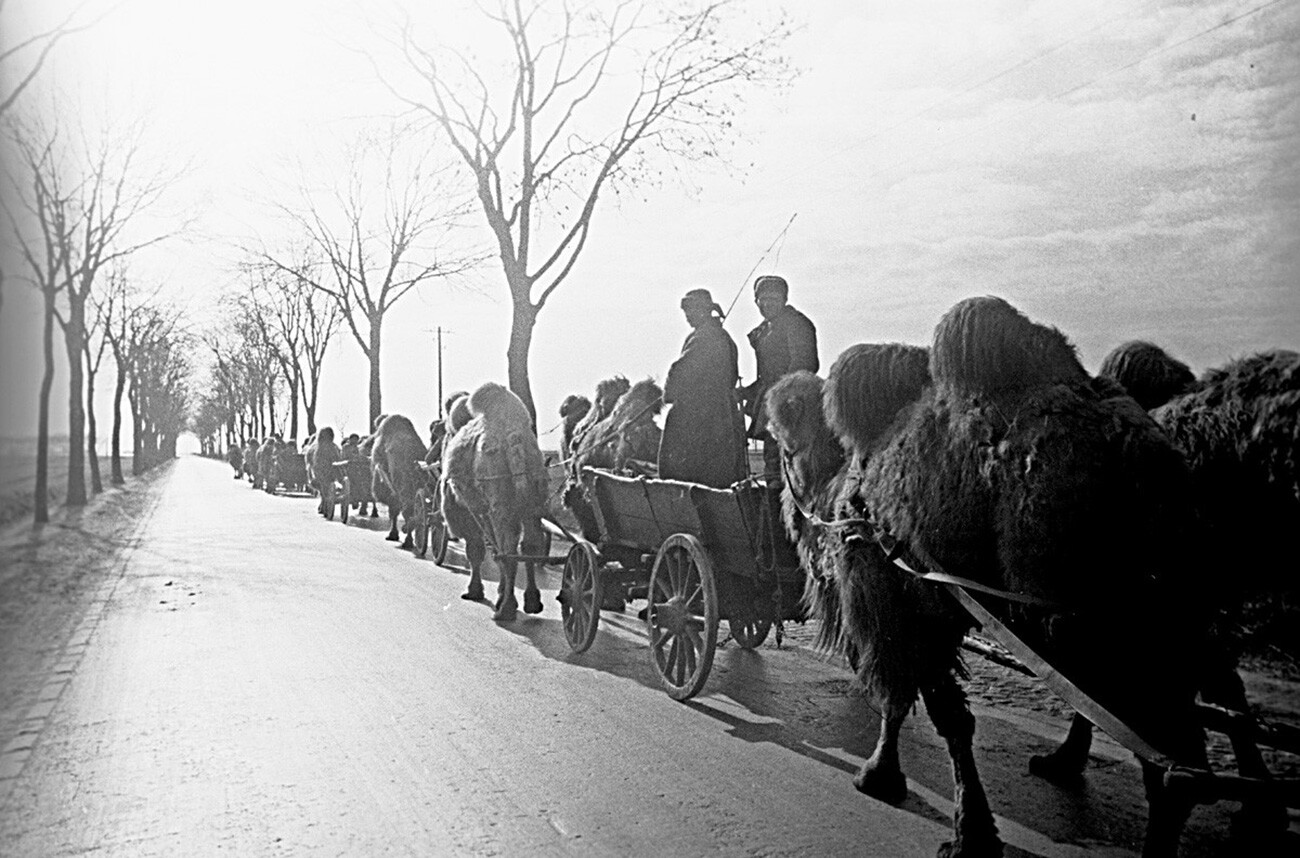
One of the most famous camels on the front was a camel named ‘Grasshopper’. During bombing raids, he would quickly lay down in a pit and curl into a ball. This famous camel went on to reach the Reichstag and, as legend has it, even spat on it.
Read more here
On the front, pigeons were used to exchange messages between the headquarters and the front line when radio stations broke down. They were especially valuable for establishing a connection between the headquarters and the army and division reconnaissance groups that operated in the close rear of the enemy.
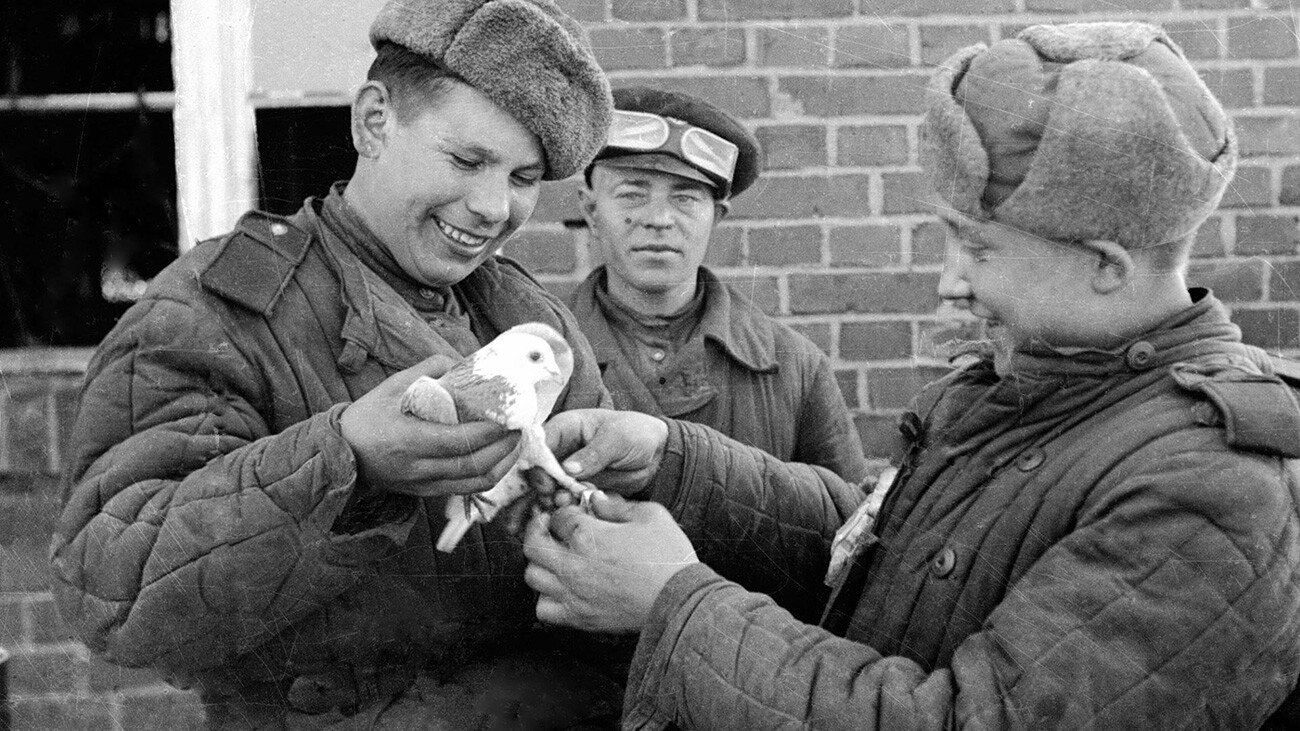
Read more here
These furry, four-legged animals worked in the rear. They were especially distinguished in Leningrad. After the siege was broken in 1943, cats were the first to be brought back to the city. They were employed in the fight against rats. Cats were also “employed” in the Hermitage: their task included protecting priceless masterpieces from various pests.
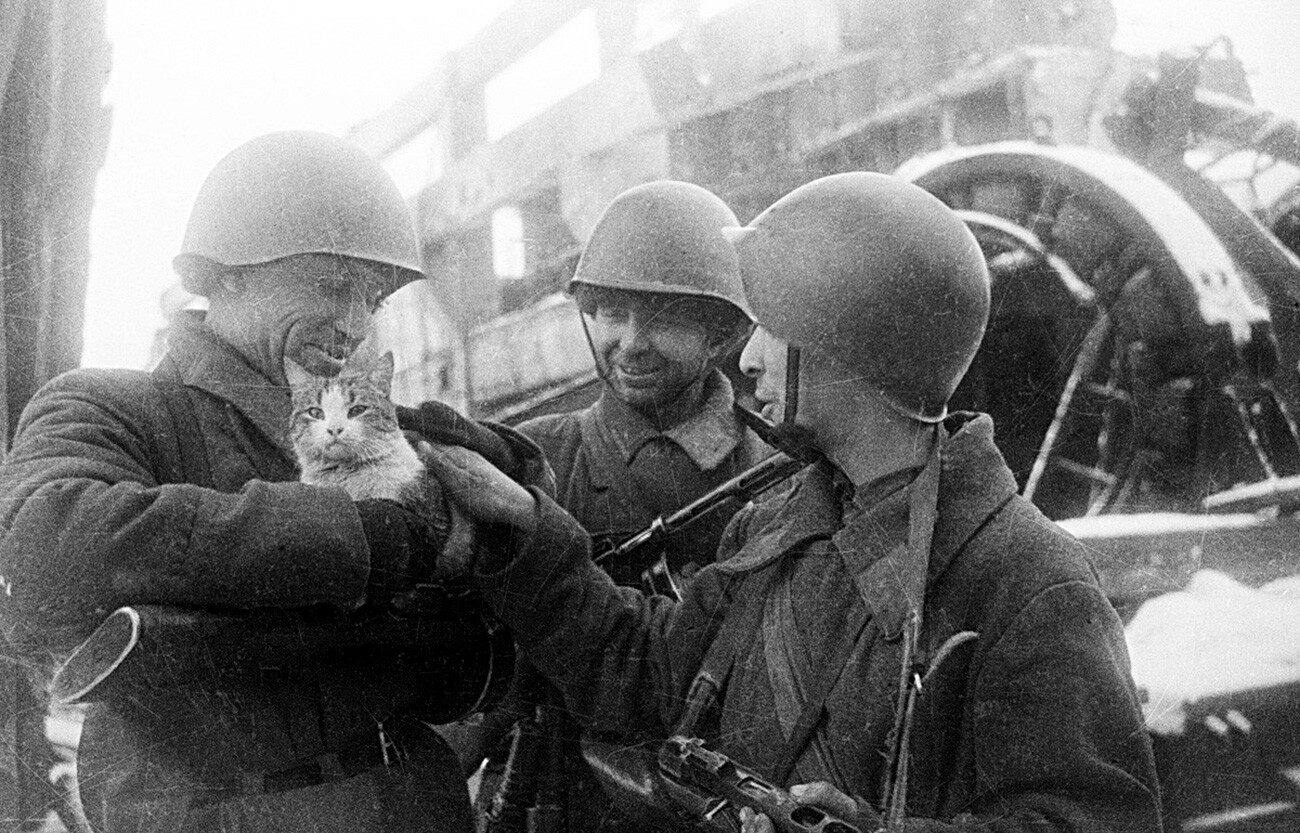
Read more about it here
There are rumors that dolphins were “recruited” in the Navy as kamikazes: allegedly, they delivered mines to enemy ships. However, experts are highly skeptical in their evaluations of the probability of using dolphins in demolition. But it is a well-known fact that a training center for combat dolphins was opened in Sevastopol in the 1960s, after the war. These mammals were trained there for rescue operations, as well as for mine and saboteur search.
Read more here
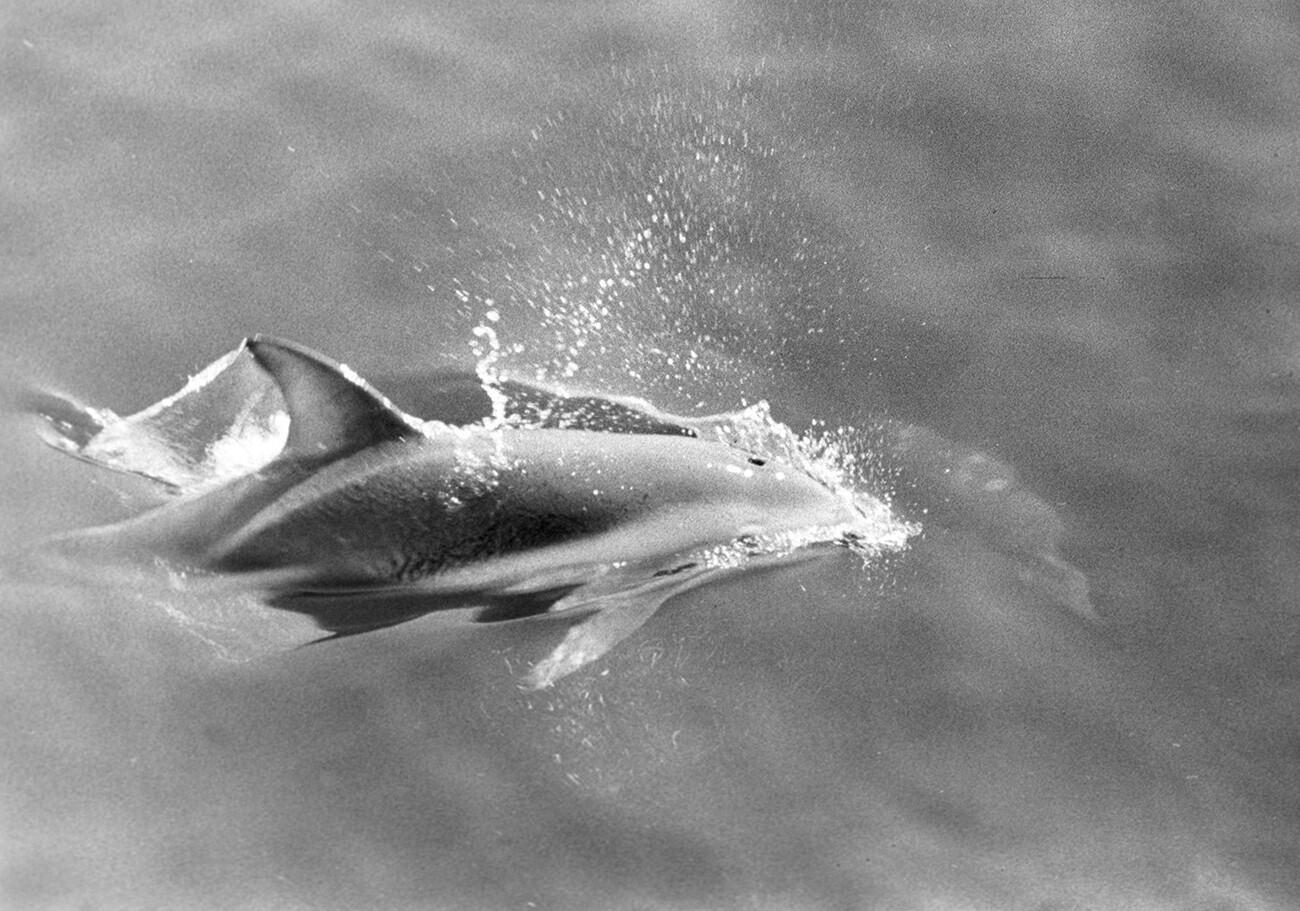
Dear readers,
Our website and social media accounts are under threat of being restricted or banned, due to the current circumstances. So, to keep up with our latest content, simply do the following:
If using any of Russia Beyond's content, partly or in full, always provide an active hyperlink to the original material.
Subscribe
to our newsletter!
Get the week's best stories straight to your inbox